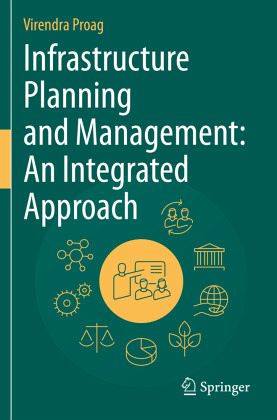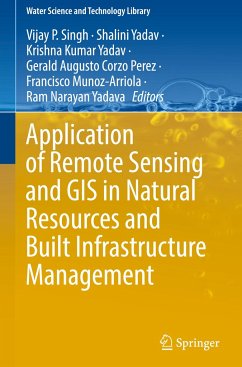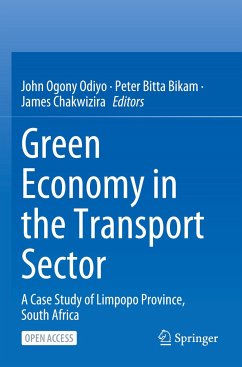
Infrastructure Planning and Management: An Integrated Approach
Versandkostenfrei!
Versandfertig in 6-10 Tagen
53,99 €
inkl. MwSt.
Weitere Ausgaben:

PAYBACK Punkte
27 °P sammeln!
This book explains how water, electricity/power, roads and other infrastructure services are linked together within the general basket of development and how to obtain the optimum use of resources. The emphasis, nowadays, is on multipurpose activities, optimum use of resources, environmental approach, minimum use of energy. This book tries to integrate all of these, by showing the links between the different components of infrastructure and trying to model them. A well articulated, socially attractive and desirable project may fail during the implementation or operation stage, not only from ba...
This book explains how water, electricity/power, roads and other infrastructure services are linked together within the general basket of development and how to obtain the optimum use of resources. The emphasis, nowadays, is on multipurpose activities, optimum use of resources, environmental approach, minimum use of energy. This book tries to integrate all of these, by showing the links between the different components of infrastructure and trying to model them. A well articulated, socially attractive and desirable project may fail during the implementation or operation stage, not only from bad design, but also due to inadequate attention paid to the human aspects required for its operation.
This book is intended for graduates and practising professionals who are involved in the general development planning of their country/region. It enables better understanding, collaboration and communication with other professionals in relation to their own or different disciplines.
This book is intended for graduates and practising professionals who are involved in the general development planning of their country/region. It enables better understanding, collaboration and communication with other professionals in relation to their own or different disciplines.












